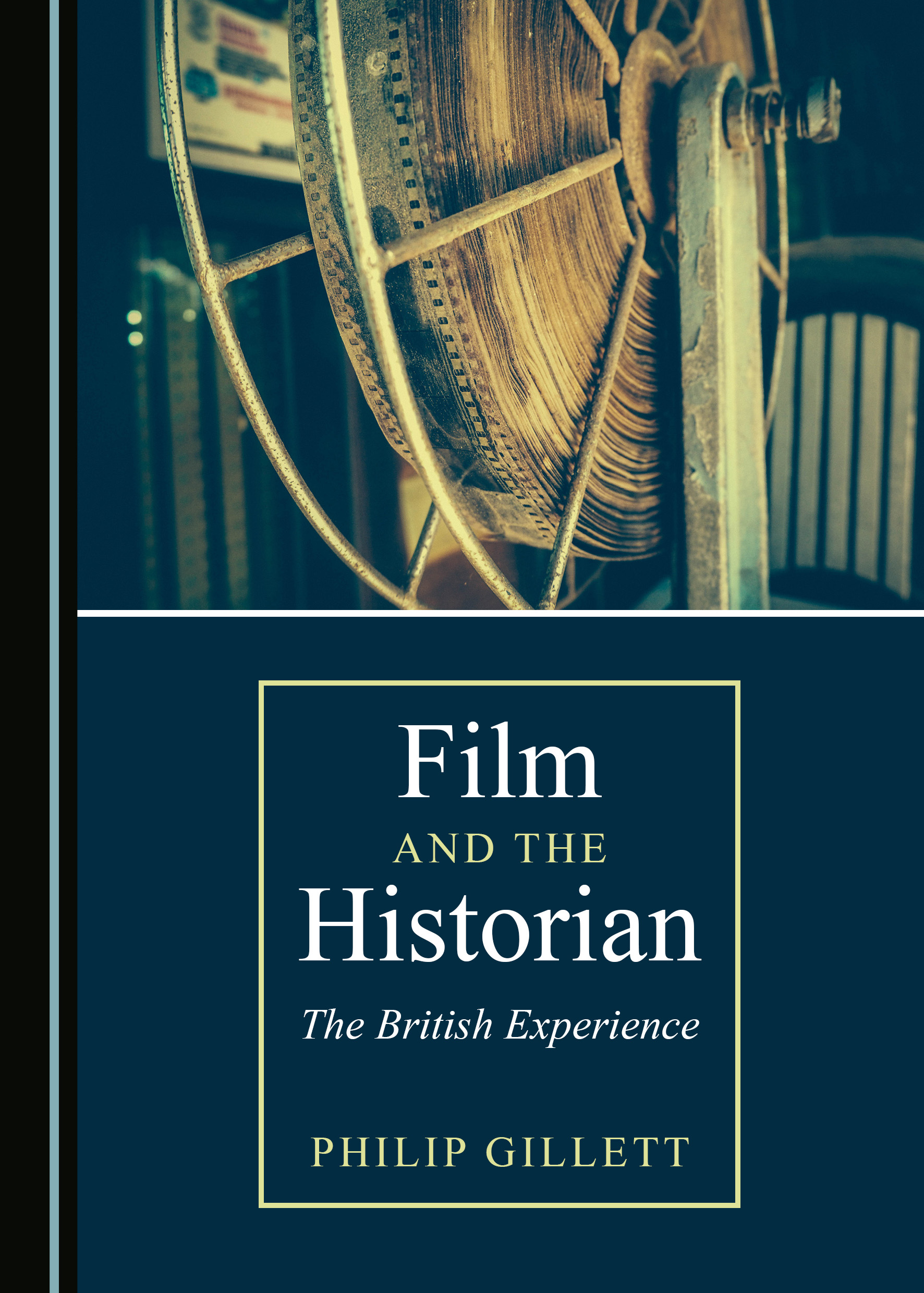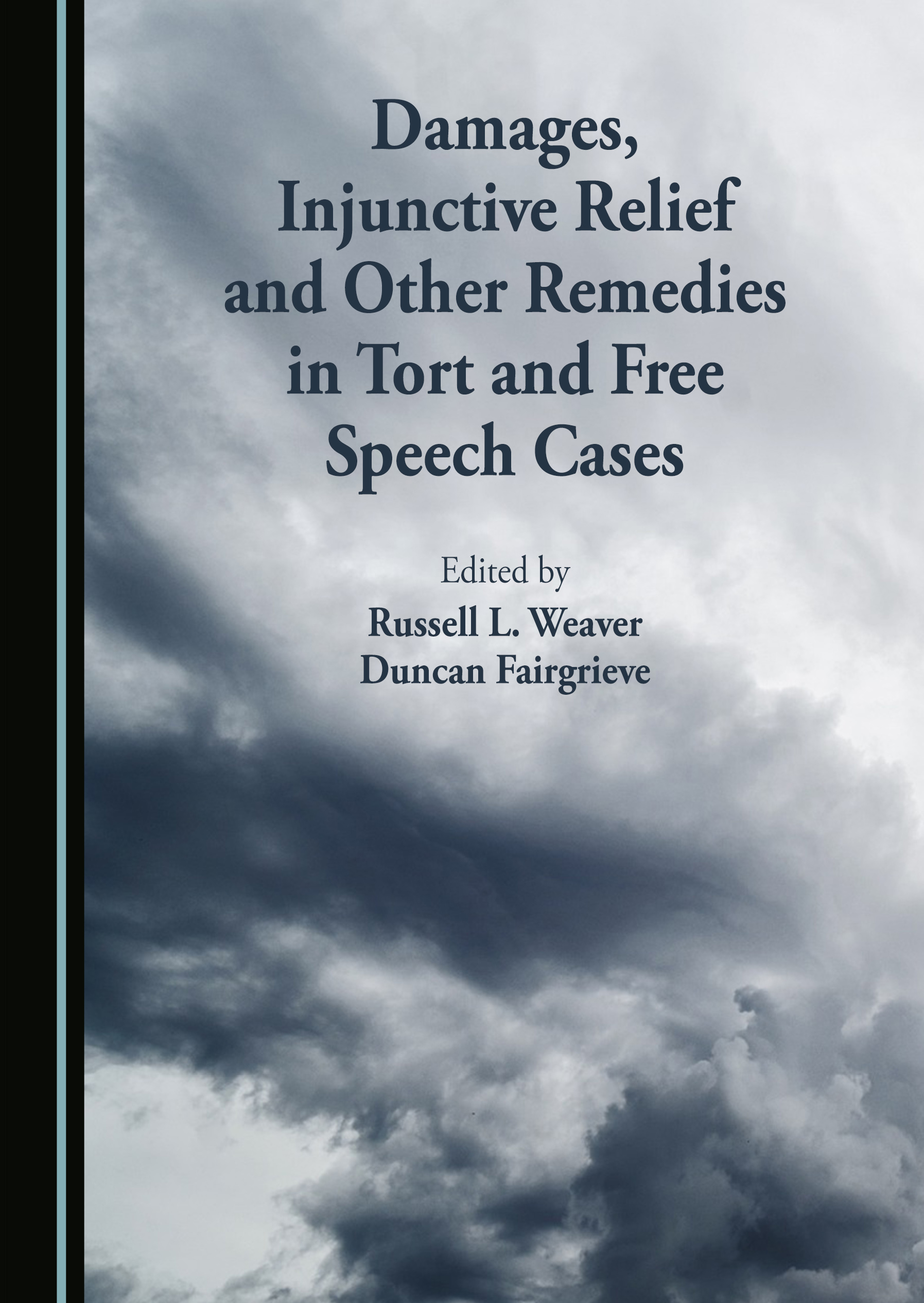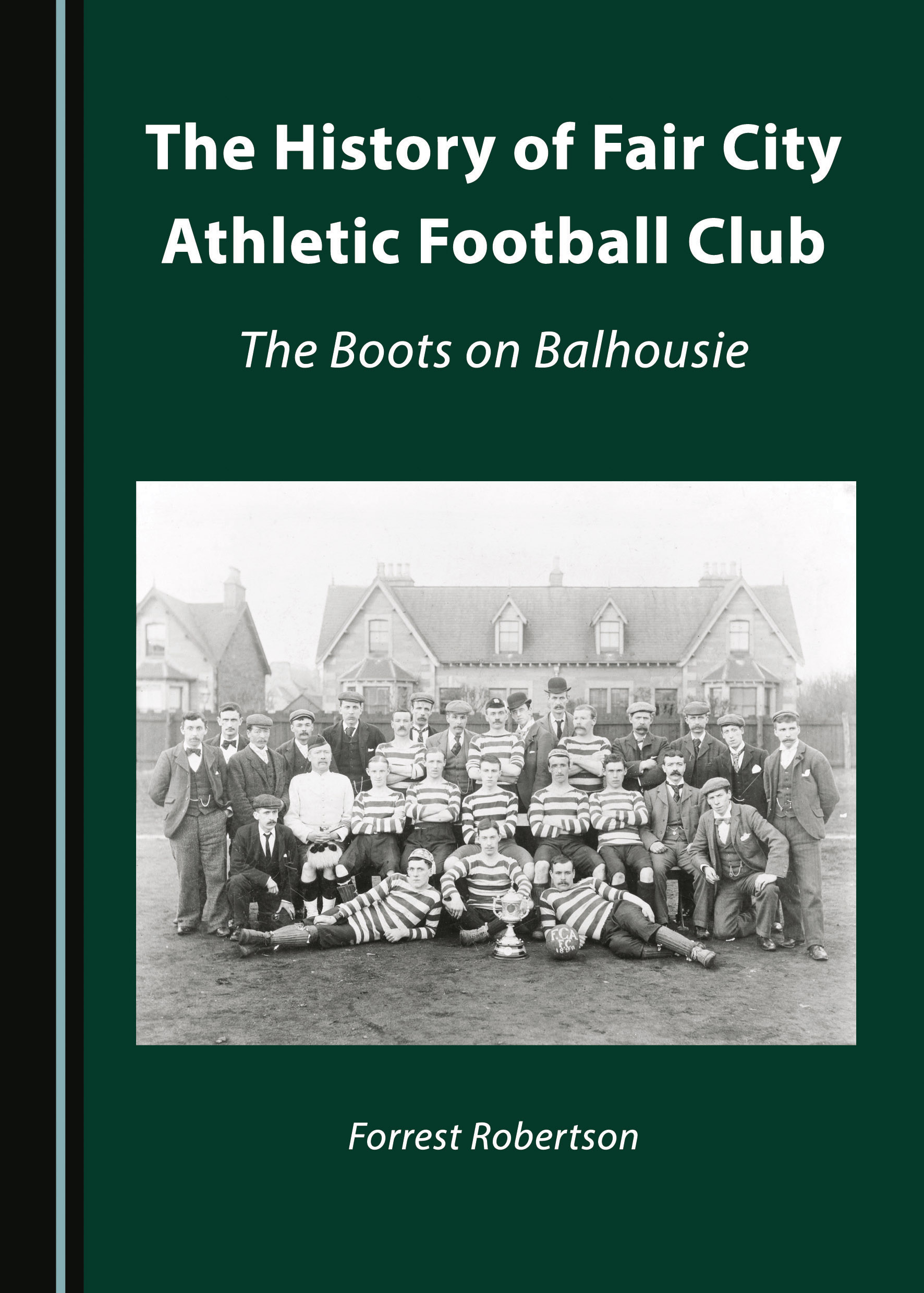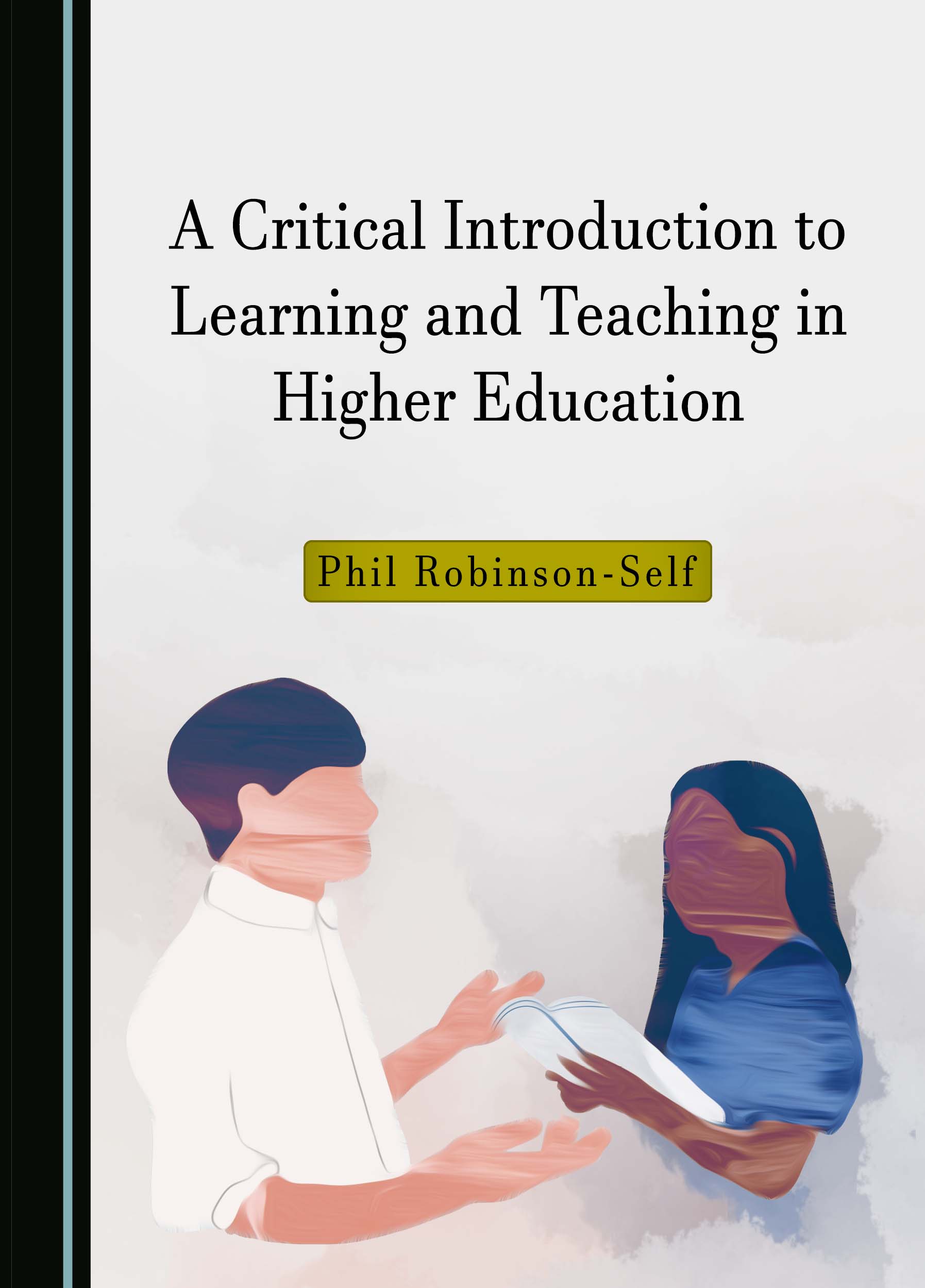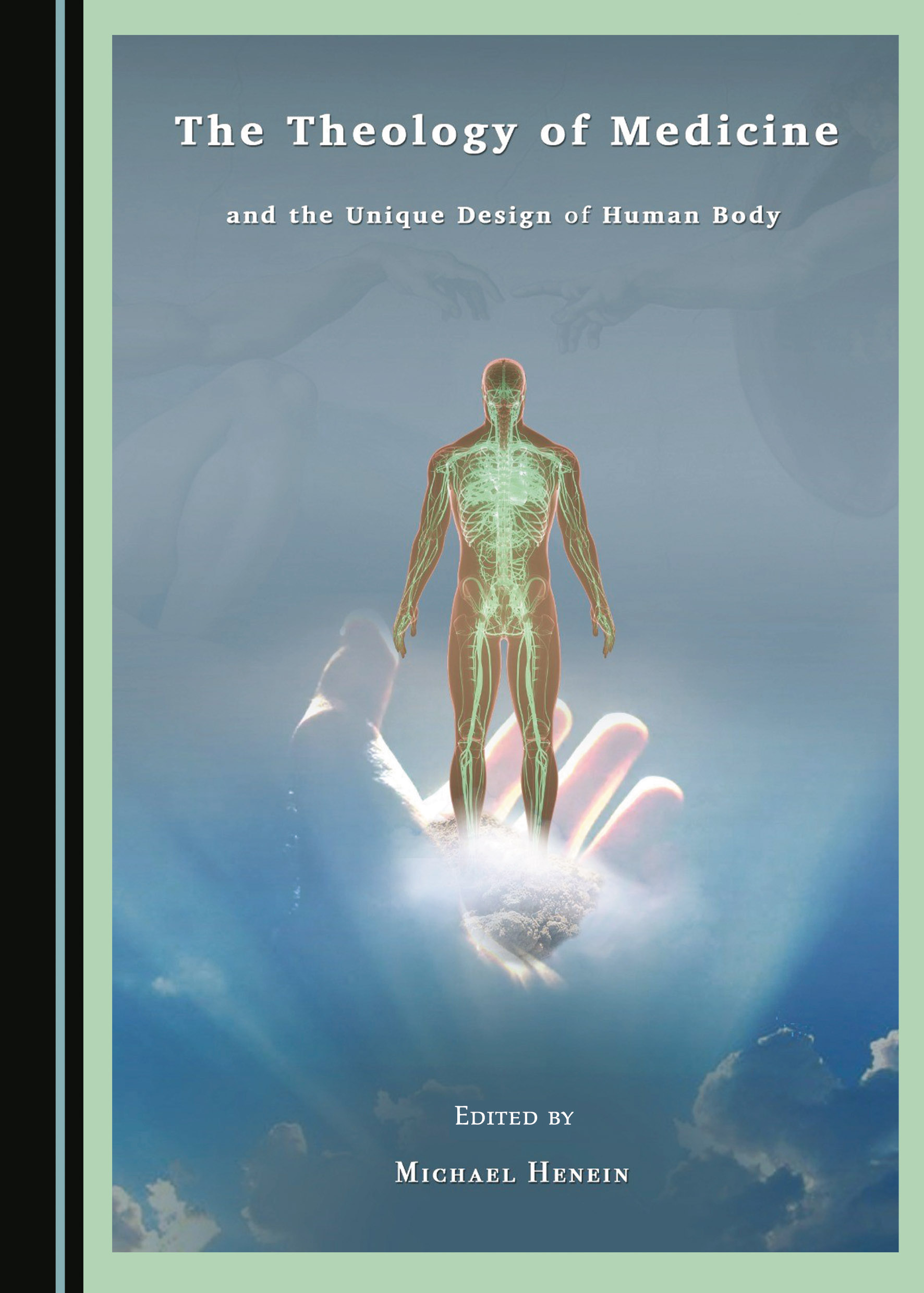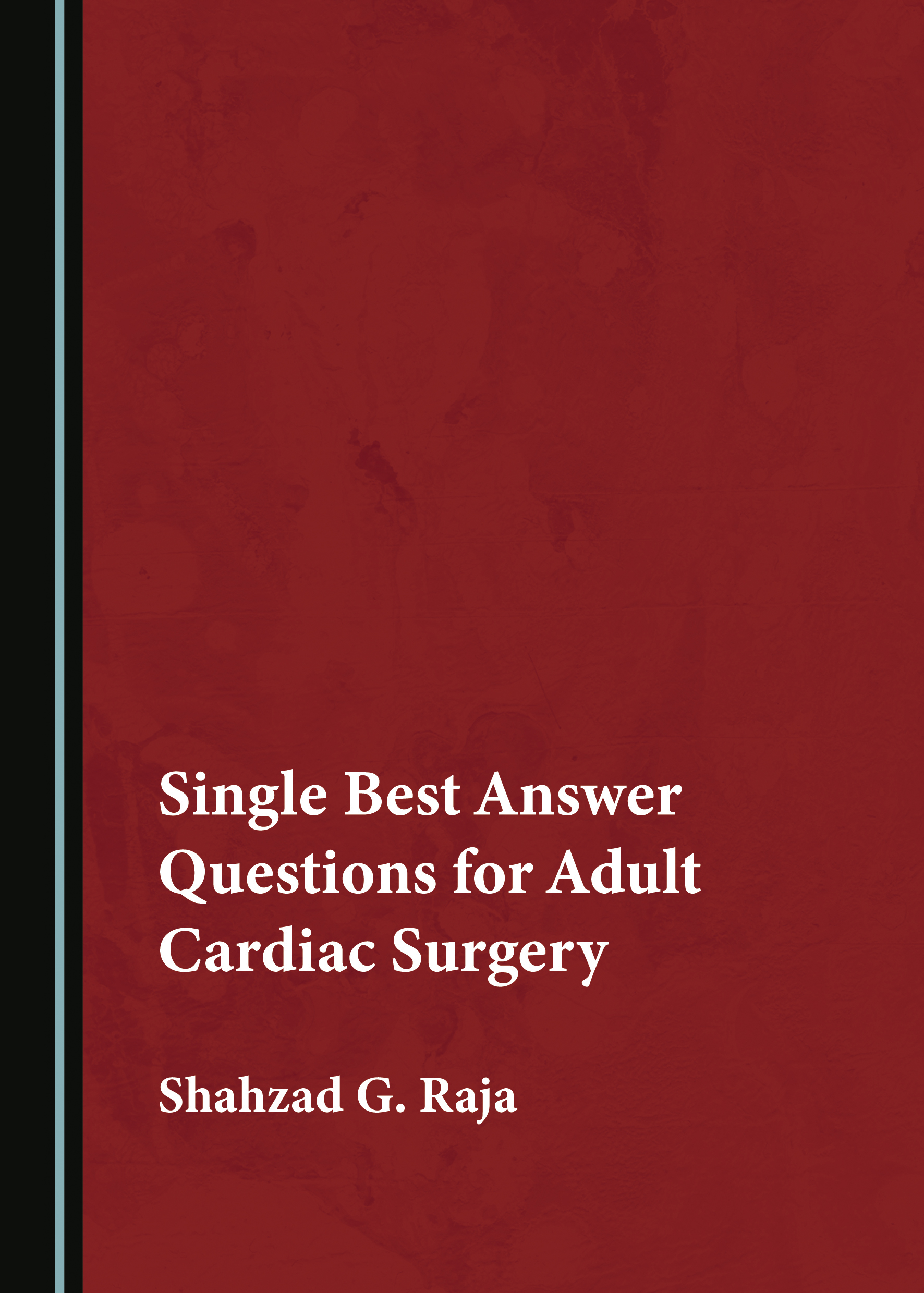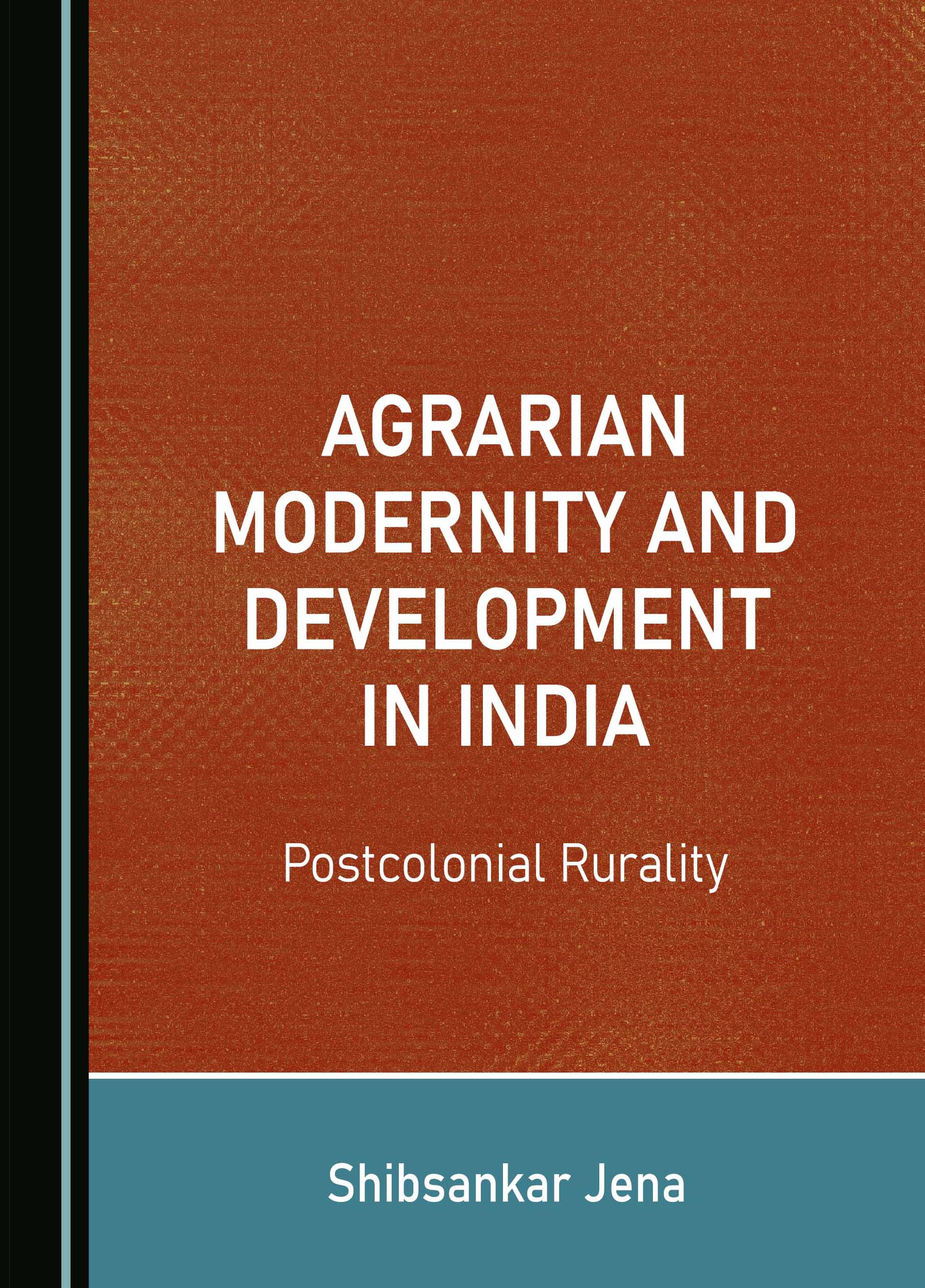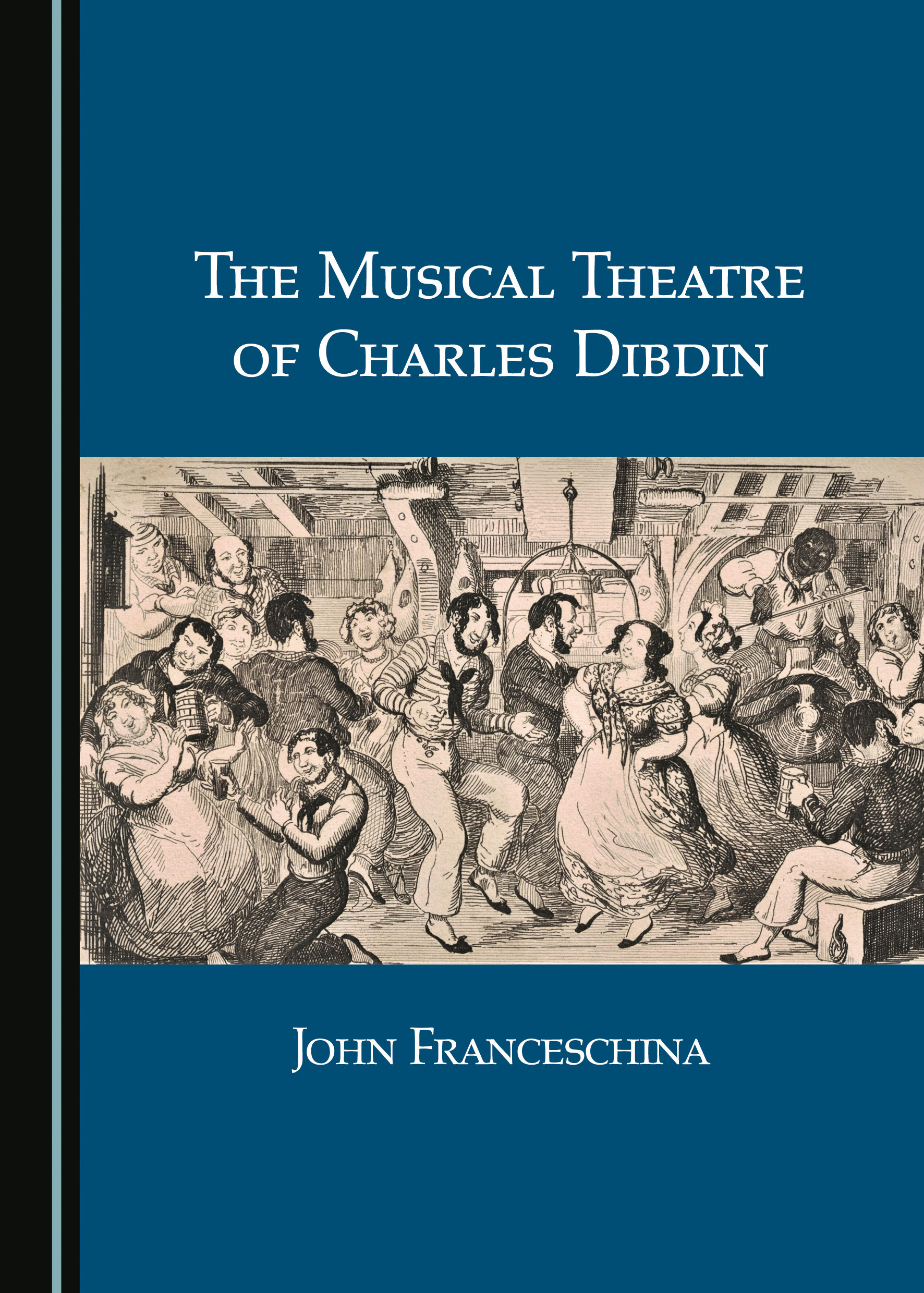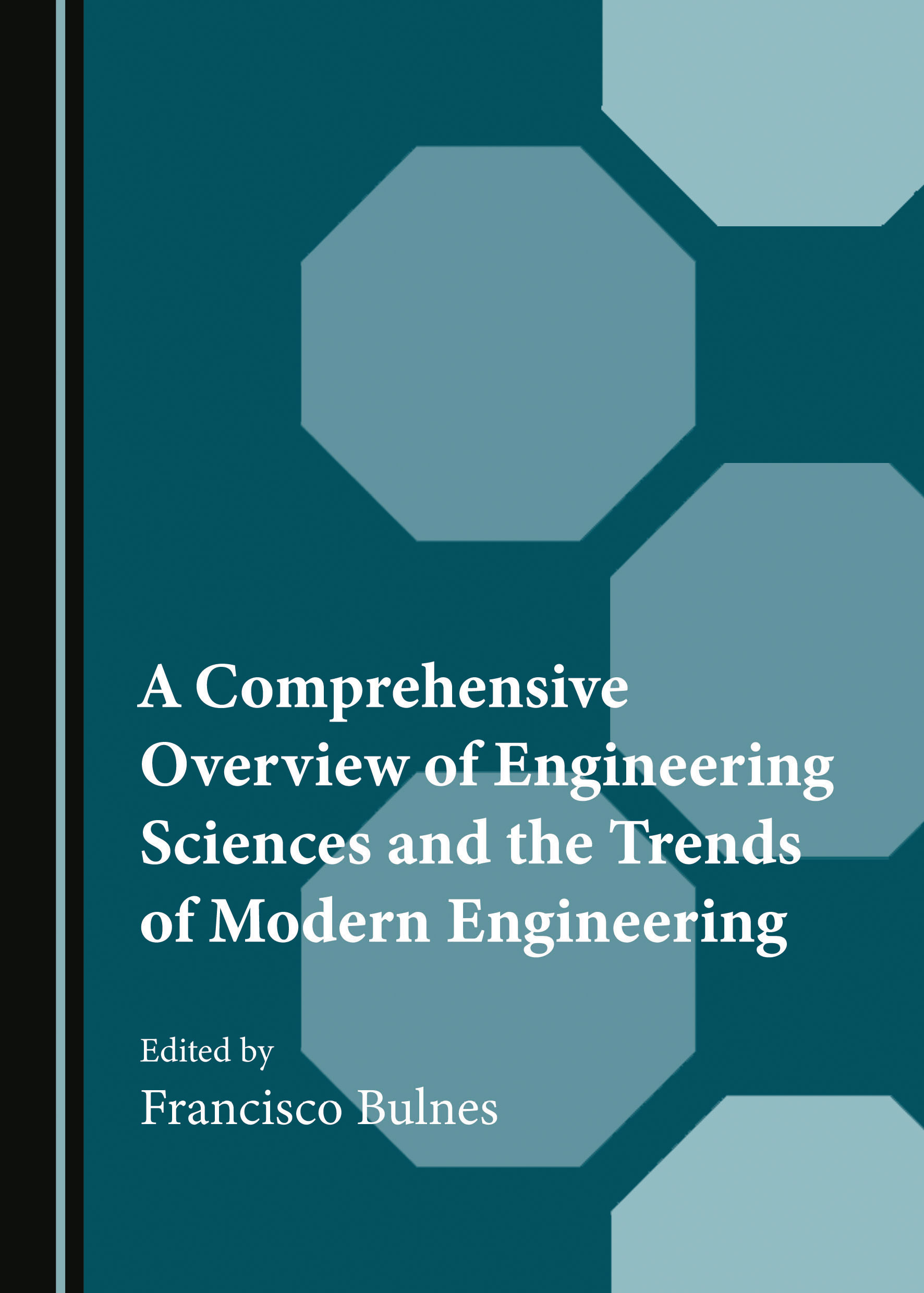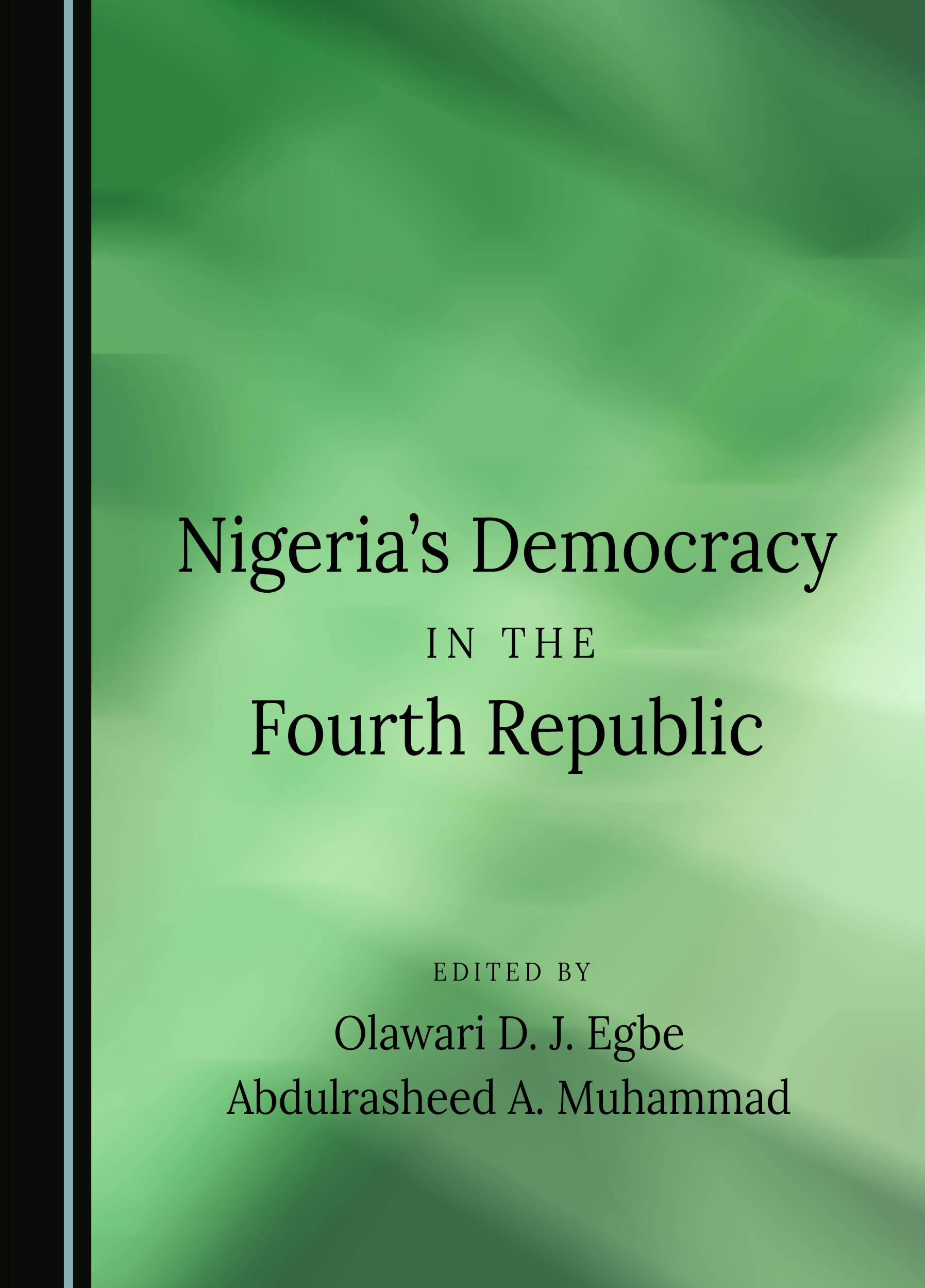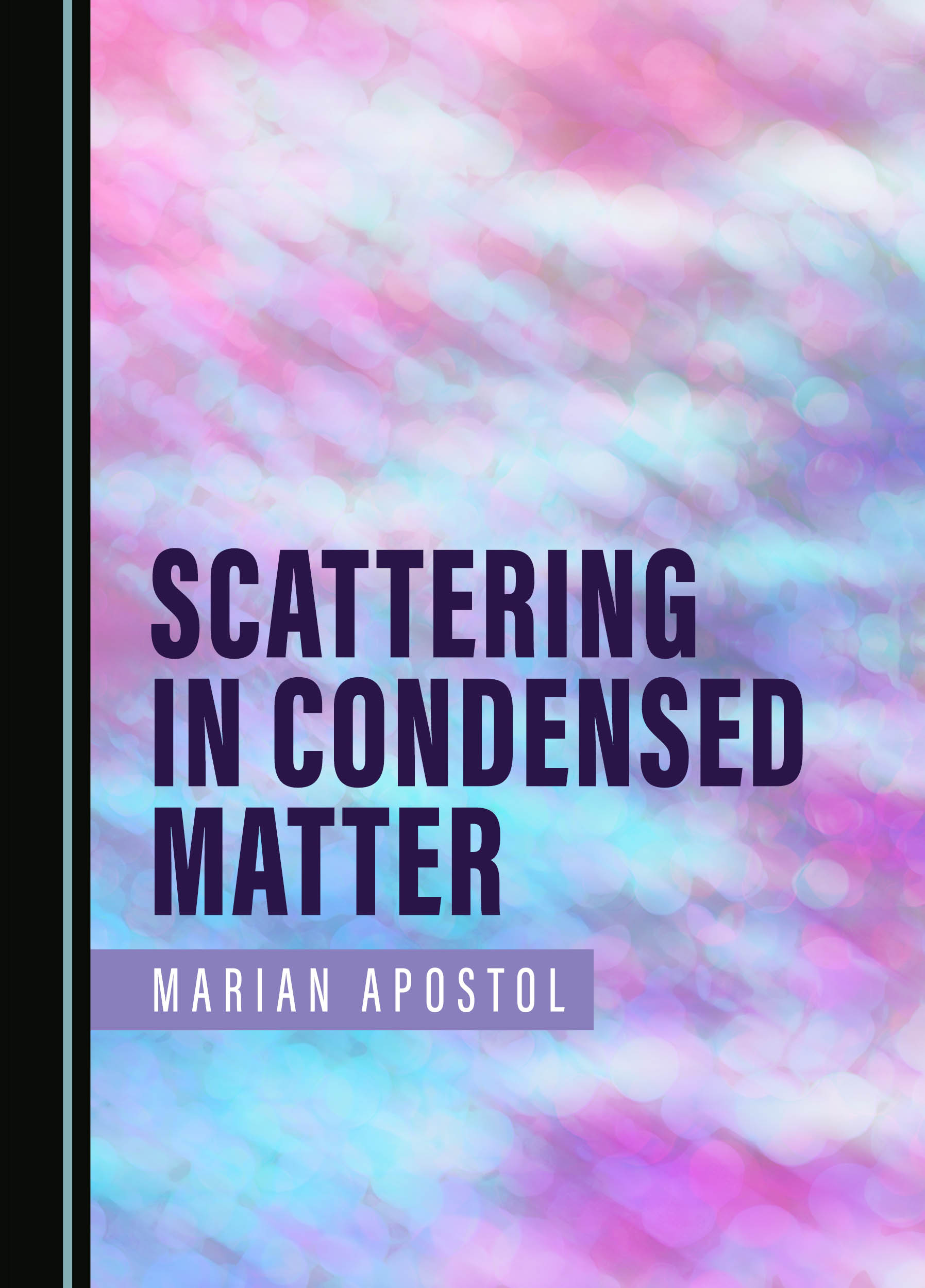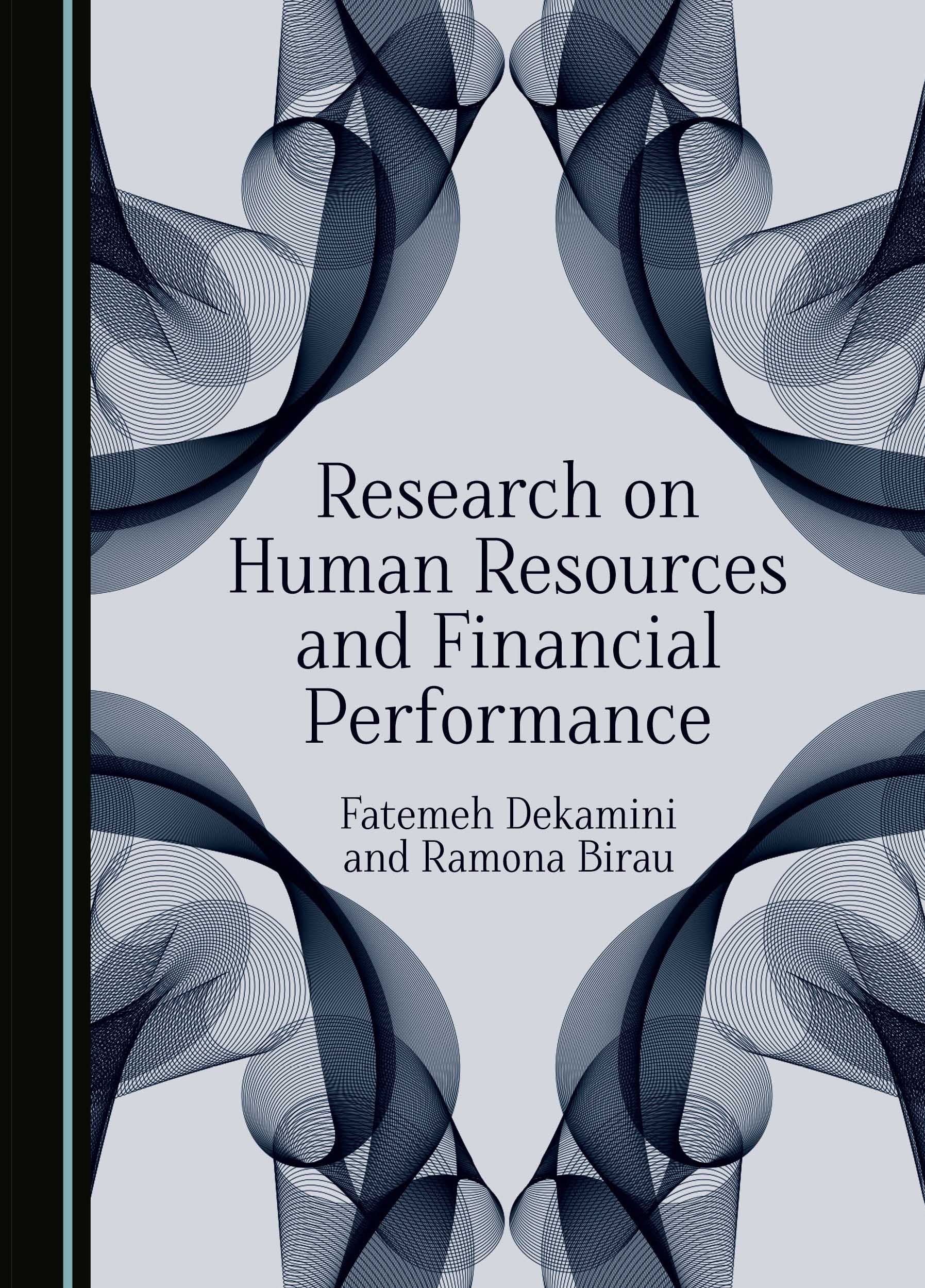Film and the Historian: The British Experience
Films are not just for audiences: historians of the twentieth century have much to learn from them. A film exposes the attitudes and unconsidered trifles that people took for granted and which were not considered worth recording elsewhere. This volume surveys British cinema from the final days of the Second World War to the early 1970s, exploring societal change across a range of topics including housing, the countryside, psychiatry and the law. This provides a basis for cross-cultural comparisons, with many issues deserving of further research being highlighted. The films discussed range from the well-known Odd Man Out to the forgotten It’s Hard to be Good.
Philip Gillett is an independent film researcher and author of The British Working Class in Postwar Film (2003). He is a contributor to the online journal Offscreen. His publications include Forgotten British Film: Value and the Ephemeral in Postwar Cinema (2017) and Film and Morality (2012).
“Philip Gillett opens Film and the Historian: The British Experience by discussing ways in which film texts can be used as legitimate historical sources, both within film studies and outside the discipline. Beginning with an outline of work conducted by pioneering film scholars of the 1970s, Gillett then highlights important studies by British authors Jeffery Richards and Anthony Aldgate, particularly relevant since Britain is the country of the monograph’s focus. […] Gillett states that, like the disciplines it has borrowed from, including anthropology, sociology and literature, film studies has had to fight for acceptance. He notes that the field earned acceptance only when scholars began applying semiotic, Marxist, feminist and psychological theory. […] As he points out, for historians, film is just one source among many, and historical film remains a contentious issue that raises its own particular problems. […] A wide range of sources are employed throughout the book, clearly divided in the bibliography under sections titled official papers; unpublished sources; reference websites, trade papers, yearbooks and newspapers; books and journal articles. Particularly poignant is the close of chapter four, which states that at the core of cinema lies ‘the illusion that the flickering shadows are real people playing out their lives for the audience’ (p. 67). Furthermore, while many of these stories have ancient roots, they are also interwoven with contemporary concerns. The problem, according to the author, is how to critically approach this since they are ‘difficult to compare and open to varied interpretations’ (p. 67). He concludes that, although anthropologists and ethnologists may be required in order to decipher these, this is no reason for not attempting the task (p. 67).”
Gillian Kelly
University of Glasgow; Journal of Film, Radio and Television, 40:2, 2019
"This book has much to recommend it, especially in incorporating Sue Harper’s investigation of 1940s box-office records in a Portsmouth Cinema as documented in her “Fragmentation and Crisis: 1940s admission figures at the Region Cinema, Portsmouth, UK” from Historical Journal of Film, Radio and Television 9.2 (1989): 181-188, along with other reliable critical and historical resources. It interrogates each cinematic text fairly and incisively pointing out achievements as well as flaws in the best manner of critical historical research revealing that both disciplines are not contradictory but complementary if used in the appropriate responsible manner. Chapter sixteen’s survey of “The Cinema Audience” and the methodology needed to use this often, neglected, but important, source of information becomes an indispensable guide especially when Gillett mentions his own, often problematic, venture into this area when seeking interviewees who attended the cinema during the 1940s and 1950s. Some films are less historically grounded in nature but more fantasies catering to audience demands for escapism during a particular era and the differences between the illusion of reality and a cinematic reality that is really fantasy must receive appropriate objective recognition according to the critical tools and sources of information available to anyone embarking on work in this area. As Gillett recognizes in his concluding chapter, “History Though Film,” “(h)istorians are interlopers in the dream palace. Films were not made for them, so there are tantalizing omissions in the subjects covered” (192-193). Yet he also affirms, “The rigour the historian employs in approaching documents should be applied to film” (192). This is important concerning crucial questions each researcher should ask to avoid the pitfalls of accepting what appears to be the easy answer. This is a valuable book in the area it covers full of interesting cinematic examples, some previously neglected, others not, but all subject to a rigorous type of analysis and interpretation all too rare in certain areas of academia today. On the back cover of this book, the author describes himself as an “independent film researcher,” one who has excavated documents in many university and public libraries and has clearly seen the films he discusses. We need more people like this, especially as the Arts and Humanities struggle for their very existence today. However, both this author and Tyneside-based independent press Cambridge Scholars Publishing will still be there to continue the type of intellectual work now under threat by politicians and university administrators."
Tony Williams is Professor and Area Head of Film Studies in the Department of English, Southern Illinois University at Carbondale. Author of Structures of Desire: British Cinema 1939-1955 (2000), he is also a Contributing Editor to Film International.
Buy This Book






